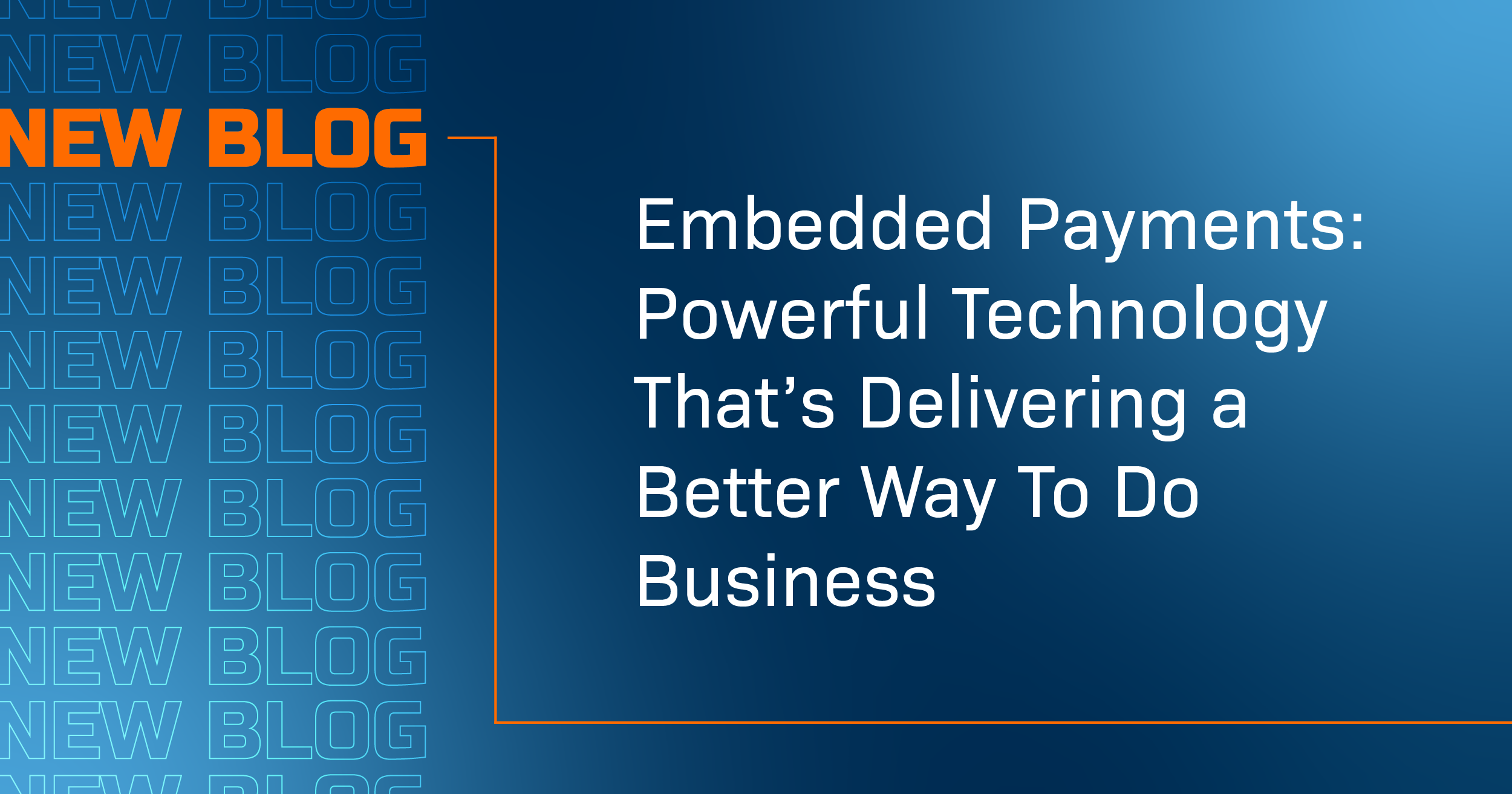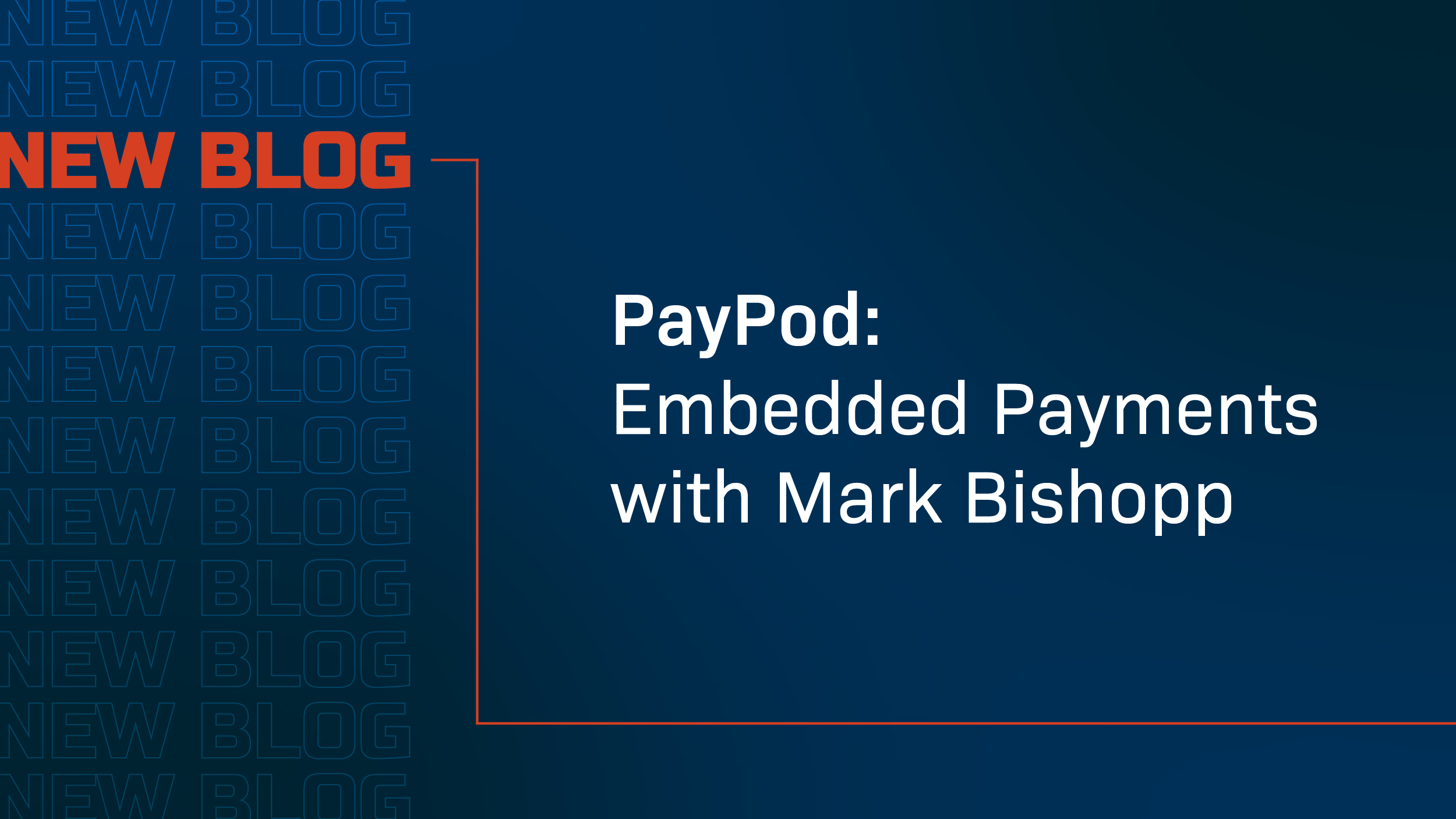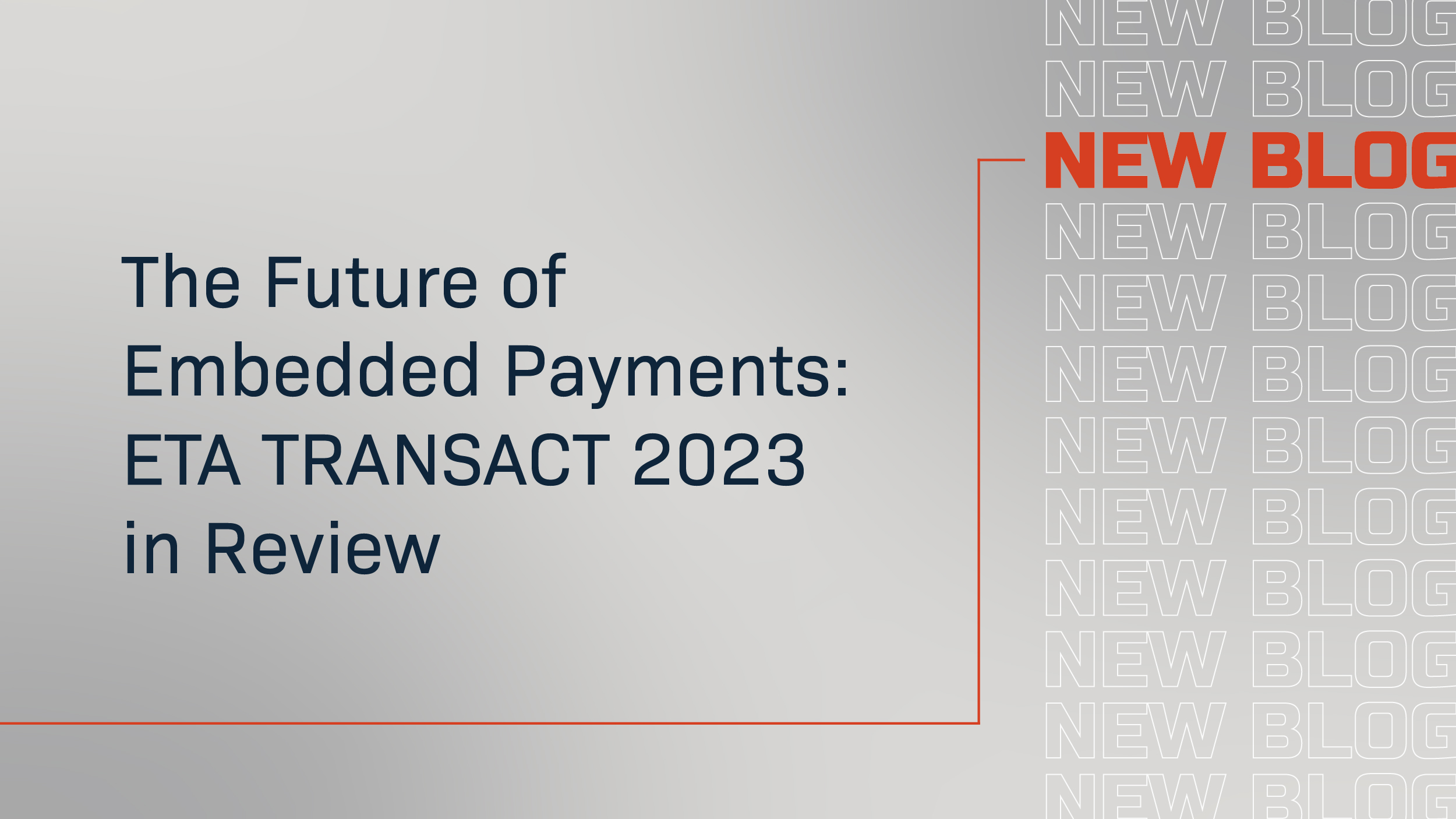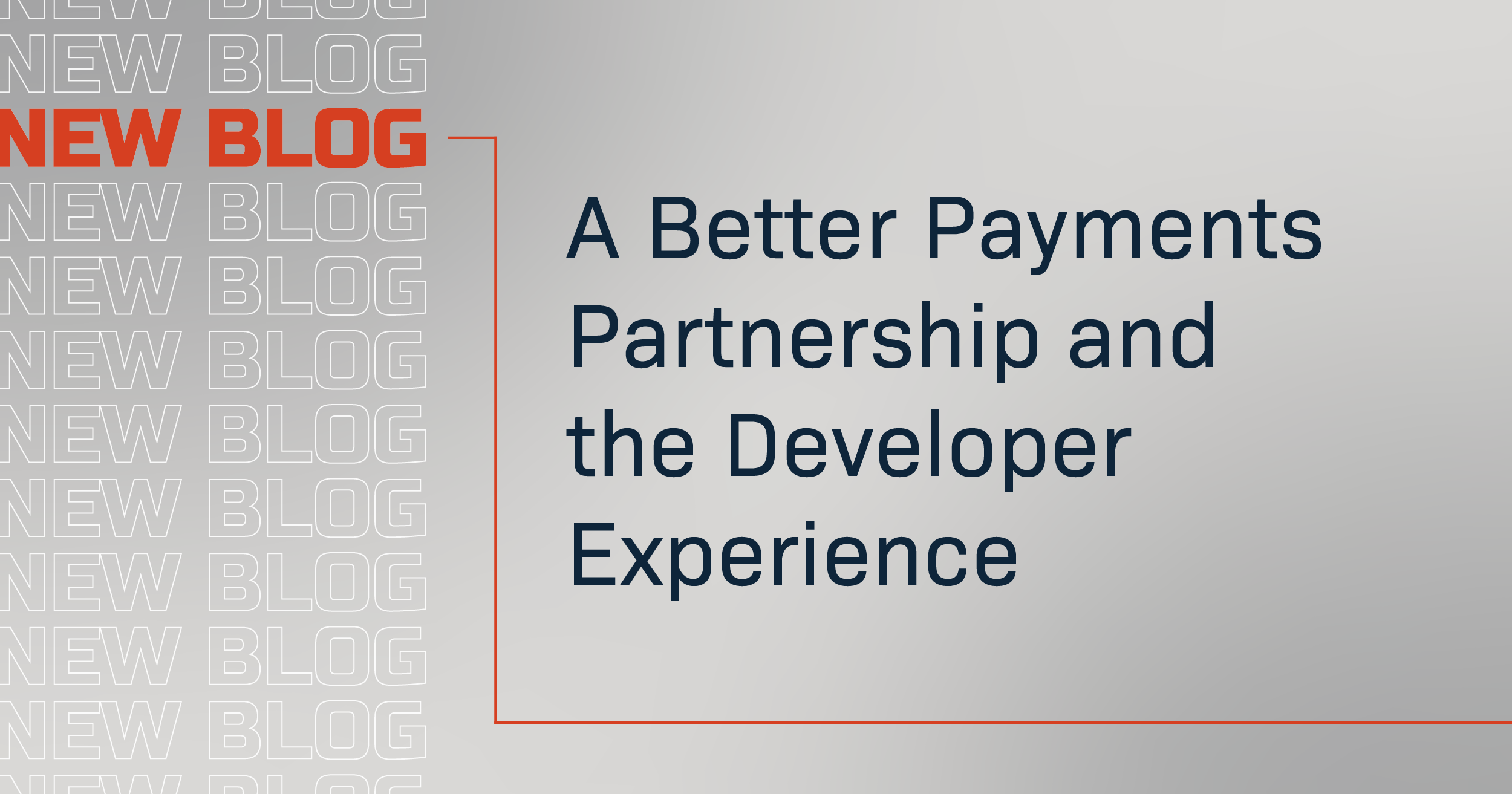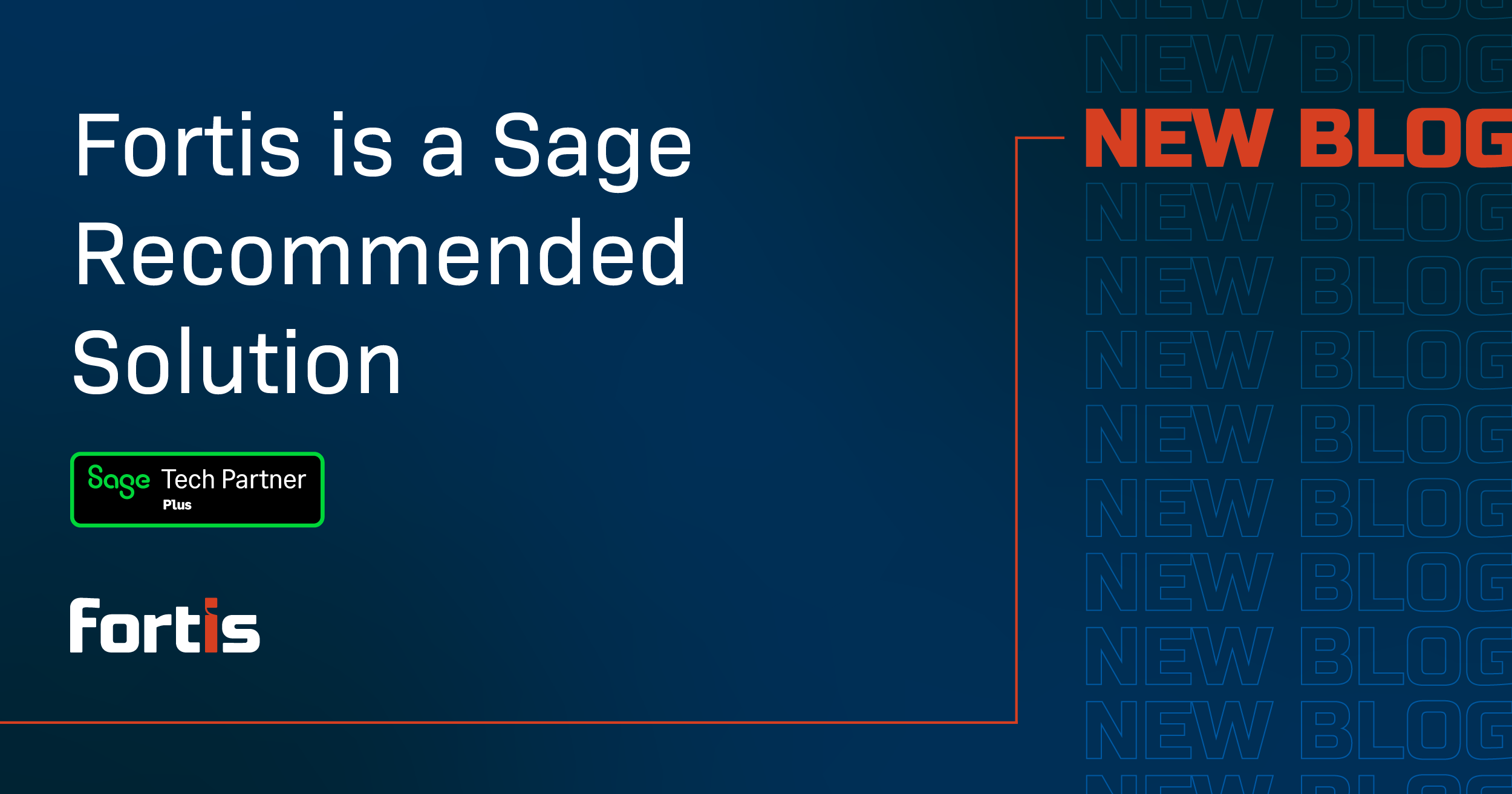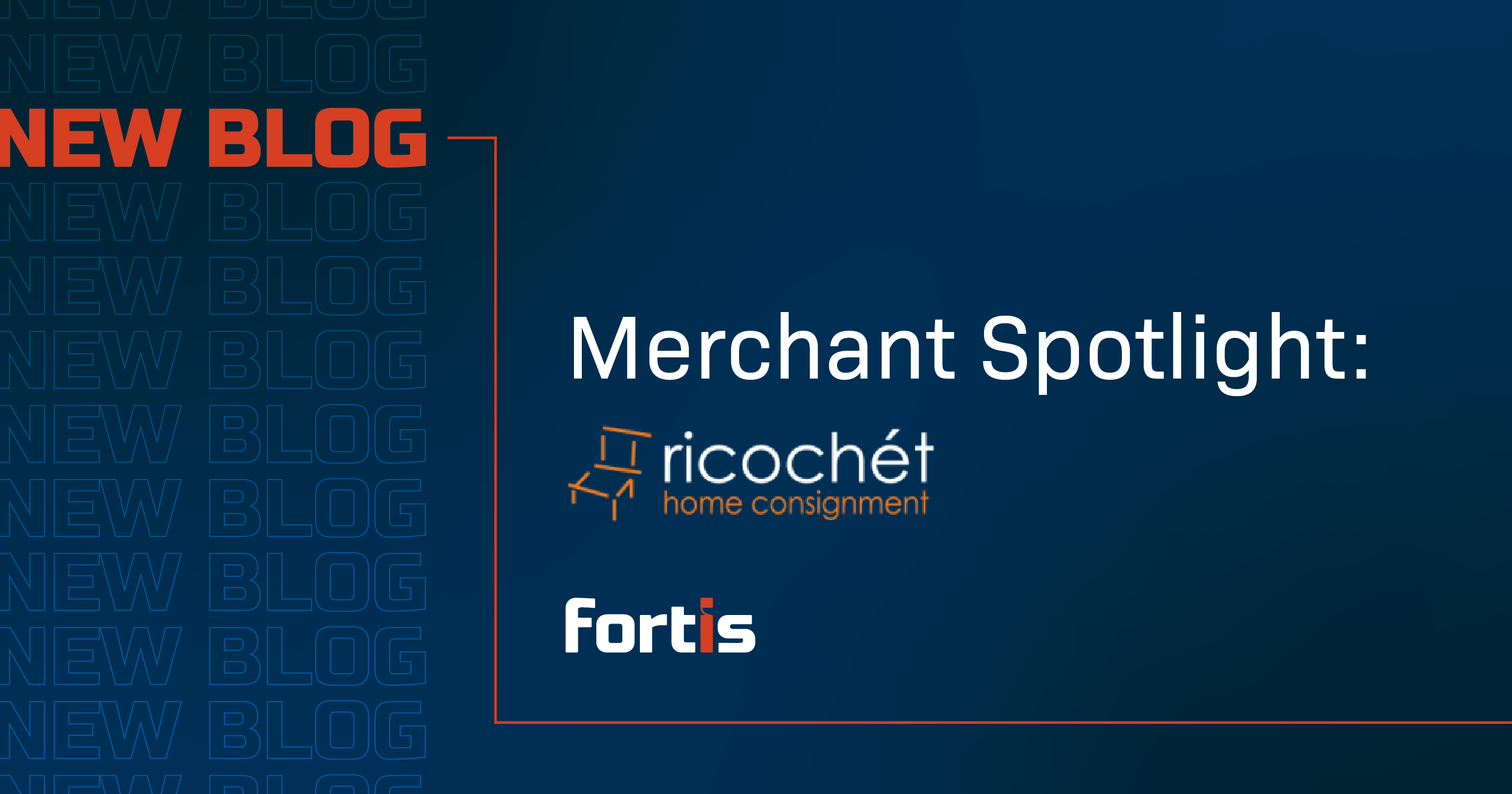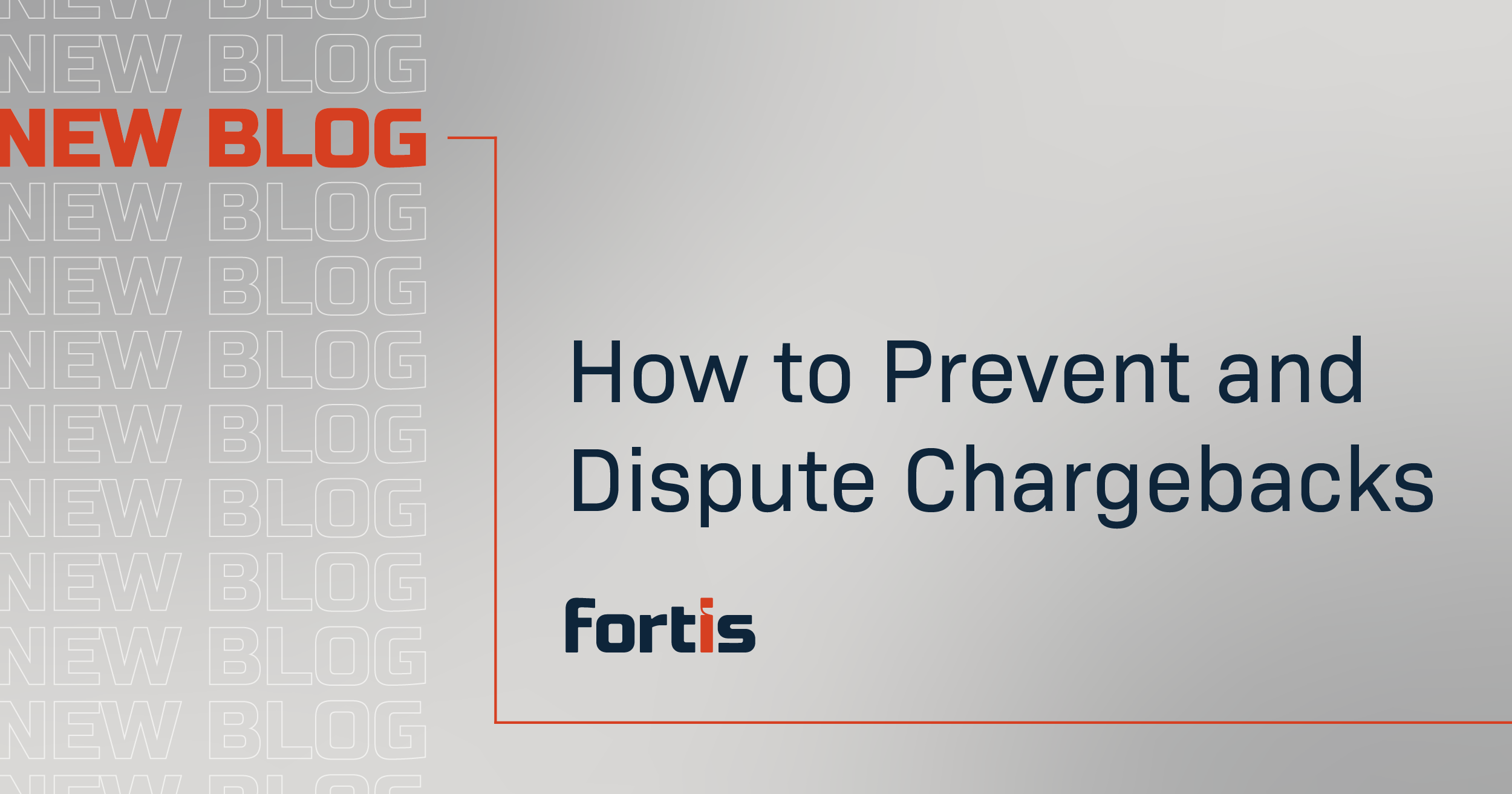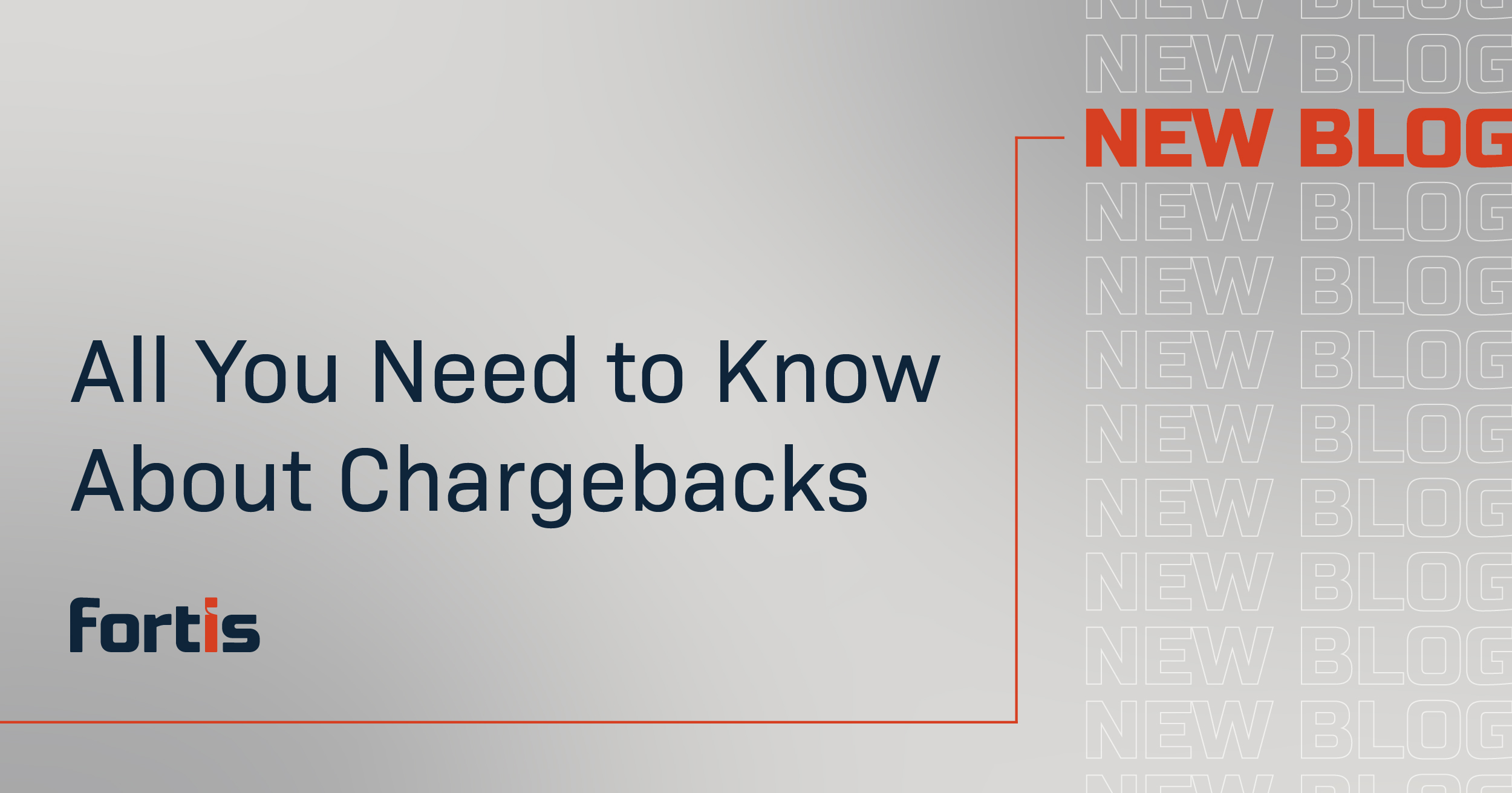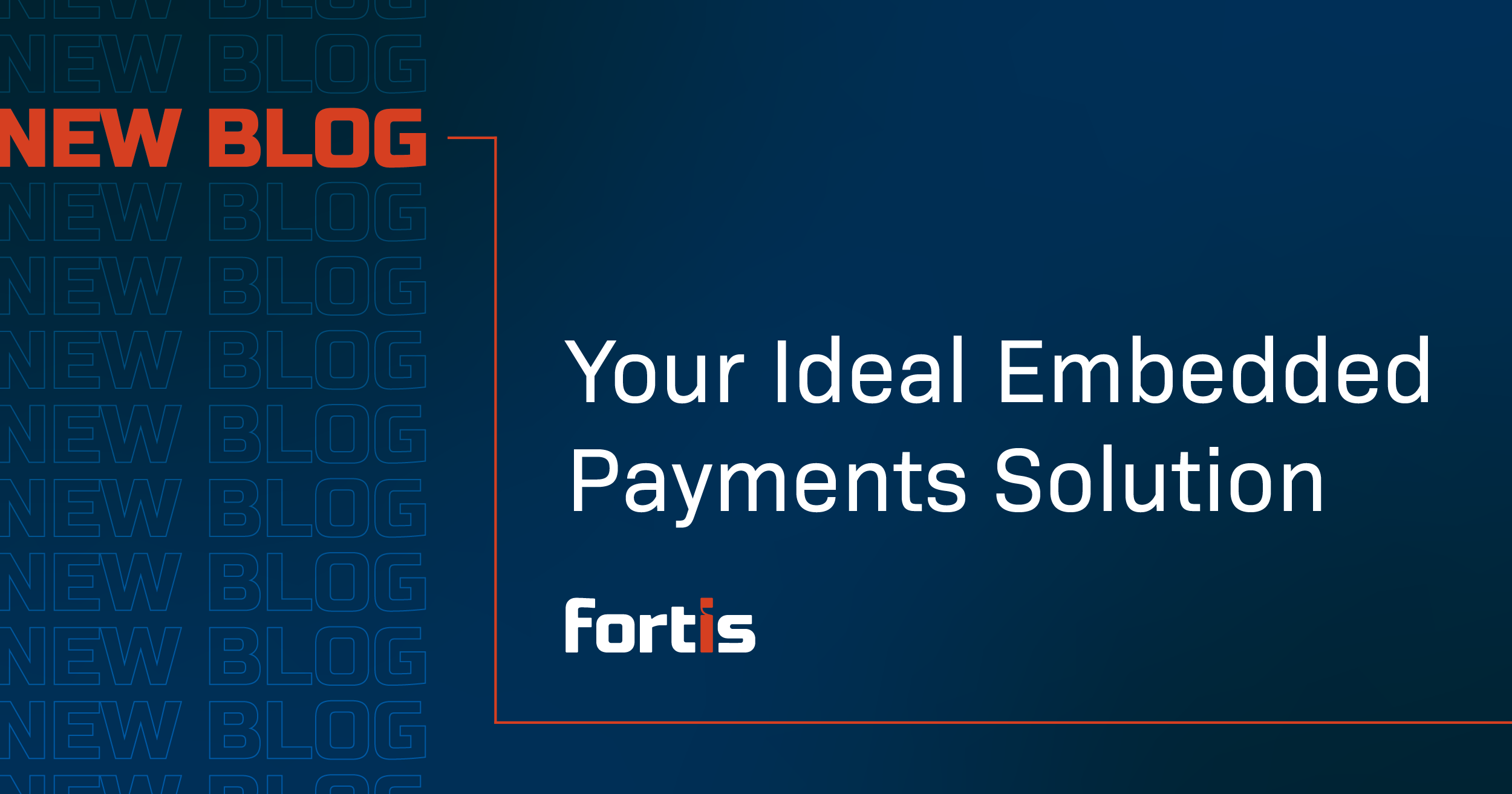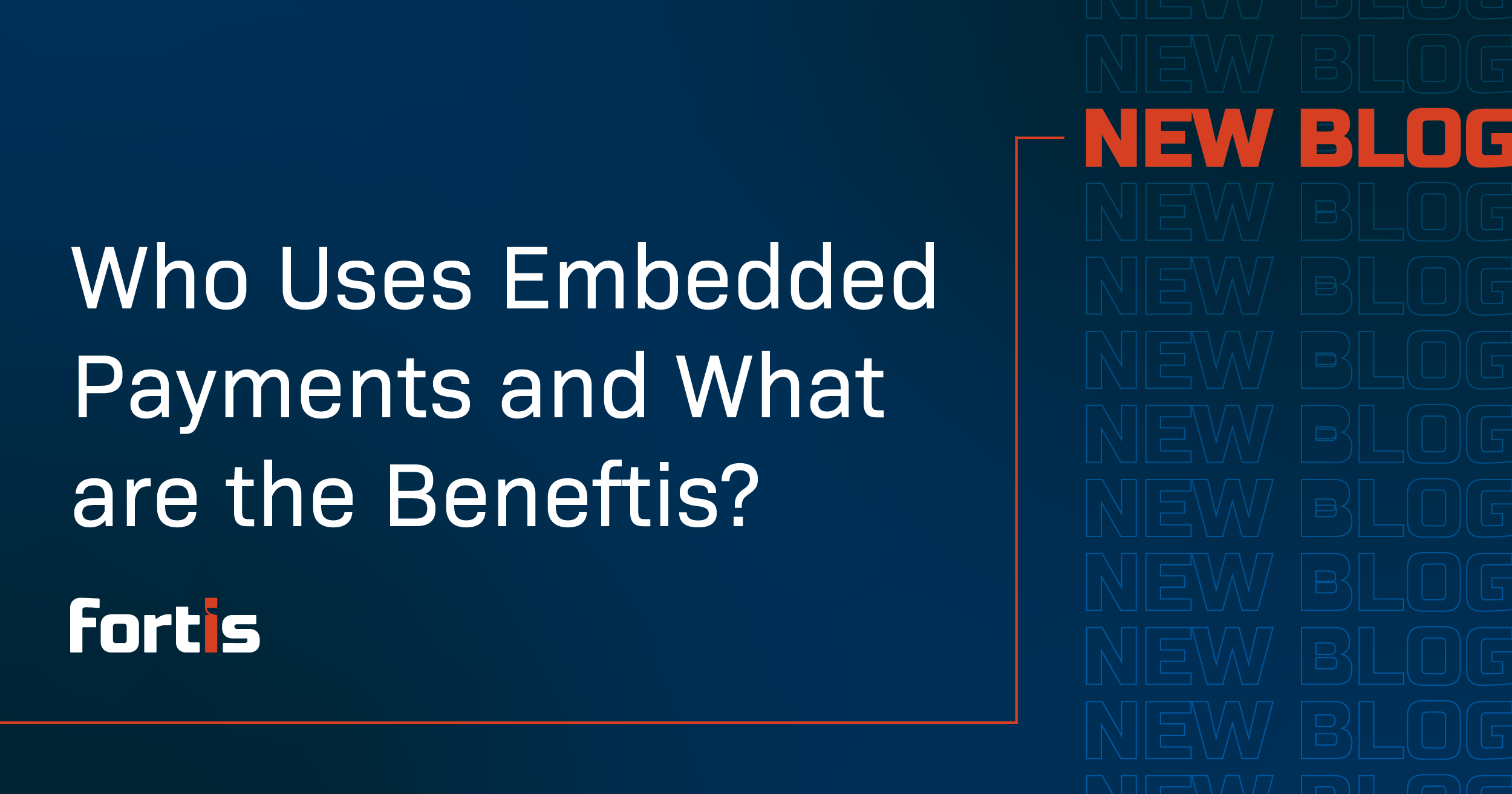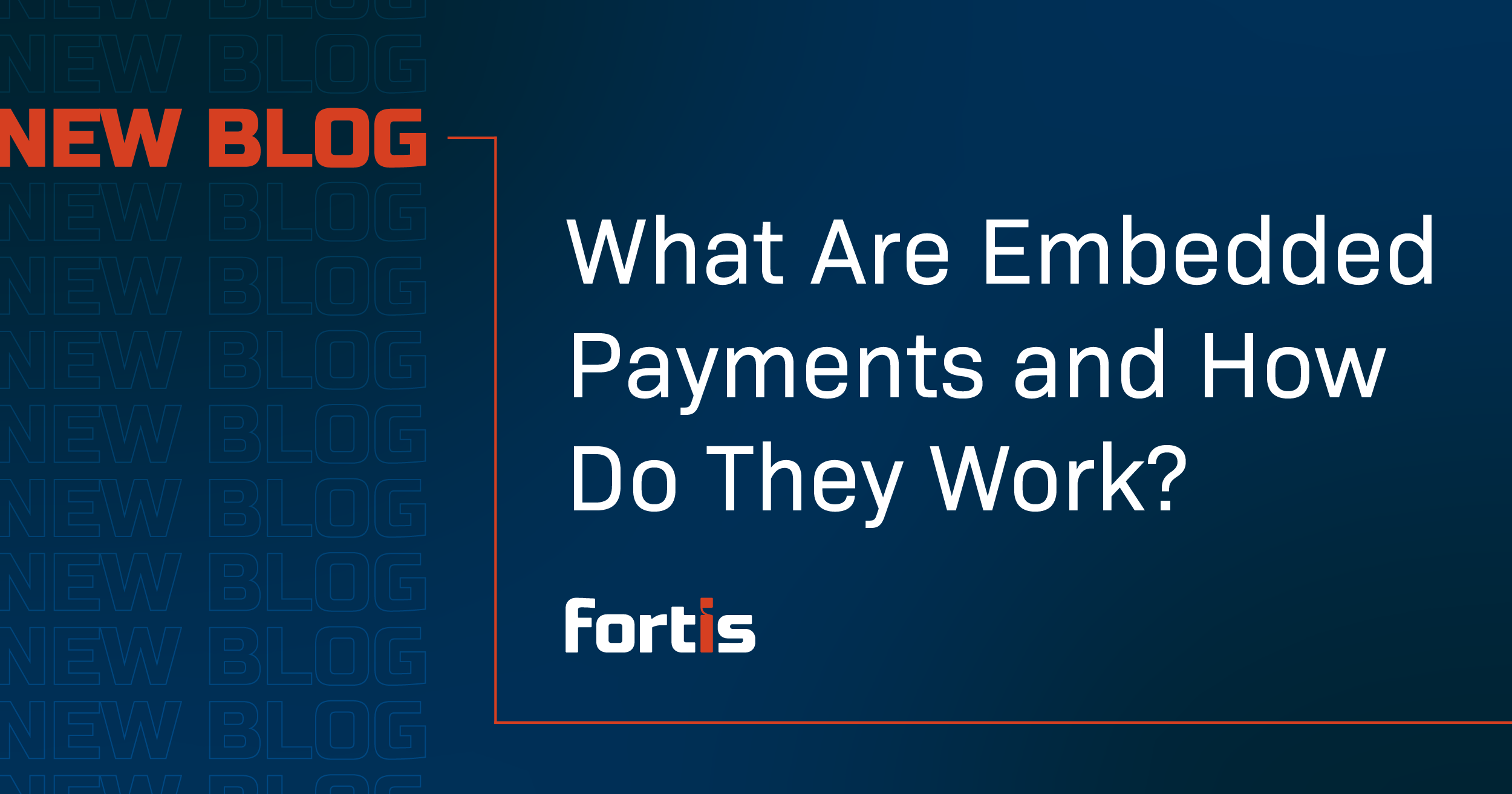Think about a typical dinner delivery. Maybe it’s Friday night, and a cheesy pizza has just arrived steaming hot right to your front steps. You take the pie, thank your driver and shut the door — but wait, when did you pay?
It almost feels like you didn’t.
As consumers, we’re used to the ease of ordering through apps like UberEATS and Amazon and completing our purchases without tracking down credit cards or counting out cash. Now these types of embedded payment experiences are becoming commonplace for businesses across a myriad of other industries, including B2B markets, to the benefit of buyers and sellers alike — as well as the software providers who support them.
Why everyone wins with embedded payments
Customers aren’t the only ones who appreciate the convenience of payments being seamlessly woven into transactions. There are a multitude of ways embedded payments help businesses, too. Fortis Chairman and CEO Greg Cohen has seen many innovations over his 20-year career in payments and was an early advocate of integrated technology.
“A fully embedded payments experience is better for the person making the purchase because it’s just simple and easy, so that’s inherently going to drive engagement and increase the likelihood of repeat purchases,” Cohen said. “The business also gains efficiency in the back office, where processes such as posting payments to the general ledger are automated and not manually input.”
Additionally, embedded payments have been shown to improve cash flow by reducing collection costs and shortening the time accounts payable are outstanding, which can be crucial in industries like healthcare where more than 41% of adults in the U.S. have medical debt and invoice write-offs are high.
“It’s not just about facilitating payments anymore,” Cohen said. “Businesses need to turn the traditional payments acceptance approach into a “commerce facilitation” mindset and create a true, competitive advantage. The platforms and payments partners who do that will win in the long run.”
What software providers, marketplaces and developers should look for in a payments partner
As businesses search for more ways to boost sales, cut costs and keep customers happy, they’ll increasingly seek out software and digital platforms which help them do all three simultaneously.
Providers can still monetize payments as an additional revenue stream while helping their business clients gain a competitive edge through commerce enablement. However, which payments partner is “the best” depends on the needs and goals of the platform and the people using it, according to Mark Bishopp, Senior Vice President and Head of Embedded Payments/Finance and Partnerships.
“At Fortis, we help do the heavy lifting, taking the weight of risk and data management off our partners’ shoulders,” Bishopp said. “And yes, embedded payments are industry agnostic, but that doesn’t mean the payments partner should be. We believe it’s important to know the nuances of the verticals you’re serving.”
How Fortis enables commerce by taking a different approach to embedded payments
Payments partners come in all shapes and sizes, but Fortis focuses on specific market segments where the company has deep expertise. With Cohen at the helm, Fortis continues to offer tailored experiences to its clients in hospitality, healthcare, retail and wholesale distribution in addition to ERP systems.
“If somebody just wants a set of APIs, there’s a bunch of us who can do that,” Cohen said. “But if you need or want a guided journey as you go up and down the paradigm of commerce options, we provide that personalization and specialization. And the journey is different for every software provider, and in some cases, it’s different for every merchant using the platform.”
This intricate knowledge and personal service gives Fortis the ability to create new features and functions that a one-size-fits-all sandbox can’t supply. For consignment retail shops, that means developing embedded payout capabilities to streamline the often-laborious tasks of accounts payable. For chiropractors and physical therapists, it’s click-to-pay invoices and embedded inventory functionality for medical equipment.
“We’re here for the long-term and evolution of your journey. As a Fortis partner, you can go up or down the tech and services stack based on your business needs, and that is really unique,” Cohen said. “No matter what comes next, we’re going to keep listening to the market and following our customers so we can deliver everything they need to be successful. And that’s going to be different for the pizza guy than the doctor’s office.”
For more information about partnering with Fortis, contact us here.

